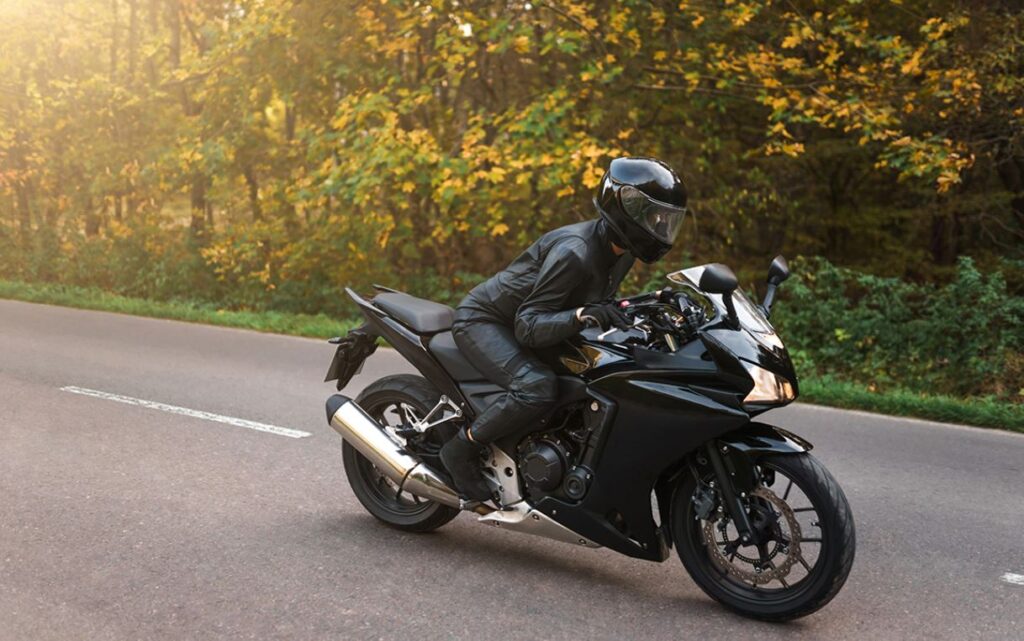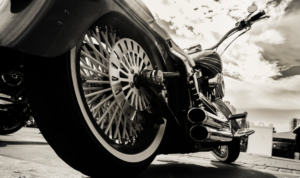To understand the rules and restrictions that apply if you intend to ride a motorcycle in Canada. Although each province has its own set of regulations, there are some national standards.
There are 12 separate licence classes in Ontario, each of which allows you to operate a specific kind of vehicle. You must be at least 16 years old and have a valid motorcycle licence in order to operate a motorcycle (Class M1, M2, or M).
In addition to obtaining a licence, you must also have a valid vehicle registration and a licence plate on the back of your motorcycle or moped. Also liability insurance, so make sure to always keep your driver’s licence, vehicle registration, and insurance card on you in case a police officer requests to see them.
A condition will be added to your class M licence if you pass the Level One or Level Two road test on a motorcycle that is not a full-class M vehicle. For instance, if you pass the road test on a three-wheeled motorbike, the M condition—which restricts your ability to drive to three-wheeled motorcycles only—will be added to your licence. If you pass the road test on a moped or limited-speed motorcycle, the L condition will be added to your licence, allowing you to only operate either type of vehicle.
Here are some important motorcycle laws that all riders in Canada should follow:
- Wear a helmet: In most provinces, it is mandatory to wear a helmet when riding a motorcycle.
- Follow the speed limit: Speeding is dangerous and can result in serious accidents. Always obey the posted speed limit and adjust your speed according to road conditions.
- Don’t drink and ride: Alcohol and drugs impair your judgement and slow your reaction time, making it much more likely that you will be involved in an accident. If you plan to drink, leave your motorcycle at home.
- Stay visible: Motorcycles can be hard to see, especially in heavy traffic or at night. Wear brightly colored clothing or reflective gear to increase your visibility.
- Keep your motorcycle in good condition: Regular maintenance and safety checks can help prevent accidents caused by mechanical failure.
You may contribute to ensuring your safety on the road and averting legal issues by abiding by these laws and regulations. Keep in mind that everyone who uses the road has a responsibility to contribute to maintaining road safety and preventing accidents involving motorcycles.



























